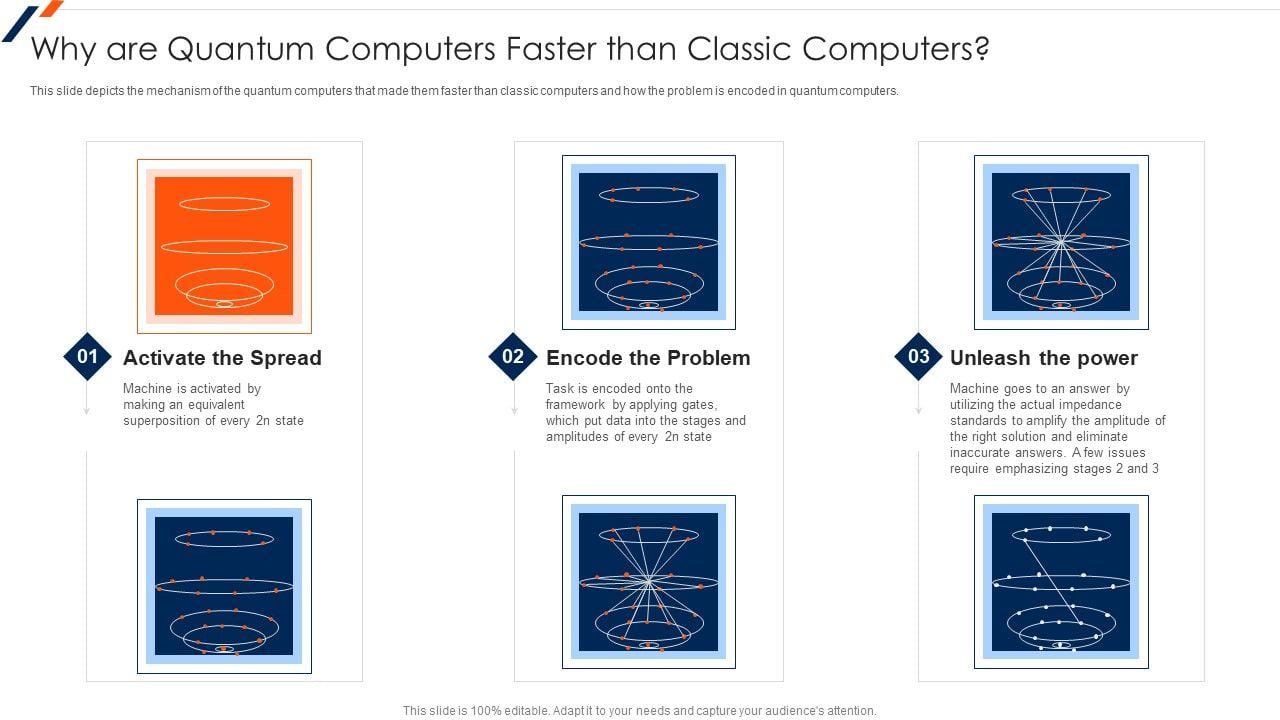As the field of computation continues to evolve, the debate surrounding the relative efficacies of photonic computers and quantum computers grows more pronounced. Both technological paradigms harness the principles of physics to solve complex problems, yet they do so through fundamentally different mechanisms. This article endeavors to delineate the operational efficiencies and potential limitations of each, ultimately analyzing whether photonic computers can indeed surpass their quantum counterparts in speed and performance.
At the crux of this debate lies an understanding of the distinct operational principles of photonic and quantum computers. Photonic computers utilize light particles—photons—for data transmission and processing. This harnessing of light allows for the manipulation of information at extraordinarily high velocities, operating at the speed of light. Quantum computers, by contrast, exploit the peculiar properties of quantum bits or qubits, which can represent and operate on multiple states simultaneously due to quantum superposition and entanglement. This introduces a radical paradigm shift in processing capabilities, particularly for tasks involving large datasets and complex variables.
One of the primary advantages of photonic computers is their ability to perform certain computations significantly faster than traditional electronic computers, thanks largely to the inherent speed of light. This phenomenon affords photonic systems a vital edge in terms of bandwidth and energy efficiency, particularly in data-rich applications such as telecommunications and high-performance computing. The ability to transmit vast amounts of information over long distances with minimal latency can be leveraged in densely populated metropolitan areas where data traffic is enormous.
Conversely, quantum computers excel in specific problem domains that are intractable for classical computers, such as factorizing large integers, optimizing complex systems, and simulating quantum mechanical systems themselves. By employing qubits, quantum systems can explore numerous pathways simultaneously, deriving solutions in ways that classical and even photonic computers find challenging. The interplay of qubits opens doors to computational realms that were previously inconceivable, shifting the paradigms of cryptography, materials science, and artificial intelligence.
However, the speed at which information is processed is not merely a function of raw computational power; it also encompasses the architecture of the systems involved. Quantum computers require a well-maintained quantum state, necessitating complex error correction mechanisms and stringent environmental conditions to preserve qubit integrity. These factors introduce significant overhead, often impeding the realization of optimal processing speeds. In contrast, photonic systems tend to be more resilient to environmental interferences, allowing for more straightforward scaling and application in real-world scenarios.
Nonetheless, the comparative analysis of speed between photonic and quantum computers can be exceedingly nuanced. It is crucial to recognize that ‘speed’ in computational contexts is multi-dimensional, incorporating not only raw computational rates but also the efficiency of algorithms utilized and the nature of the problems being addressed. While a photonic computer may excel in linear data processing tasks, quantum algorithms may revolutionize performance in combinatorial optimization domains. Thus, the question of whether one system is inherently ‘faster’ than another cannot be answered solely through the lens of operational velocity but must be contextualized within specific applications and computational frameworks.
Moreover, the fascination with both photonic and quantum computing systems can be traced back to their potential to revolutionize technology as we know it. The allure of harnessing the principles of quantum mechanics and photonics to develop unparalleled computational capabilities captivates researchers, engineers, and futurists alike. This fascination is underpinned by the prospect of democratizing access to advanced computational methodologies, potentially addressing global challenges ranging from climate change modeling to advanced artificial intelligence development.
Furthermore, as both fields continue to evolve, there is a burgeoning interest in hybrid systems that merge the strengths of both paradigms. The confluence of photonic and quantum technologies may lead to the development of next-generation computers that not only capitalize on the speed of light for data processing but also integrate quantum phenomena for enhanced computational capabilities. Such innovations could ultimately yield systems capable of outperforming existing models, catalyzing a new era of computational excellence.
To conclude, while photonic computers demonstrate significant advantages in speed and efficiency for specific computational tasks, quantum computers exhibit unparalleled capabilities in tackling complex, high-dimensional data problems. The intricacies of computational challenges necessitate a multifaceted approach, wherein the selection of a computational paradigm can be dictated by the nature of the problem to be solved rather than a prescriptive judgment of one technology over another. As research progresses in both domains, the promise of integrating principles from each area could lead to solutions that not only enhance our computational potential but also deepen our understanding of the fundamental principles of physics. The ongoing exploration into the merits of photonic versus quantum computing unravels a tapestry of innovation and inquiry, poised to redefine the boundaries of science and technology.












